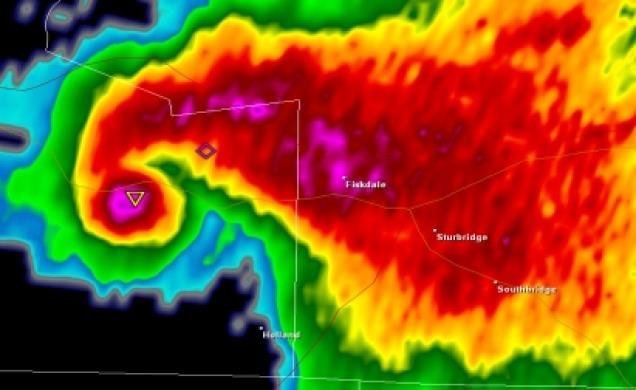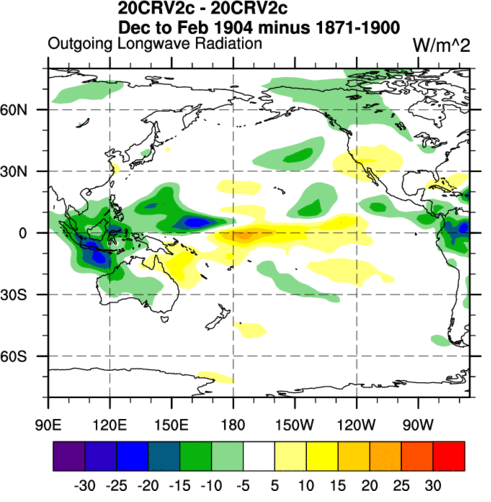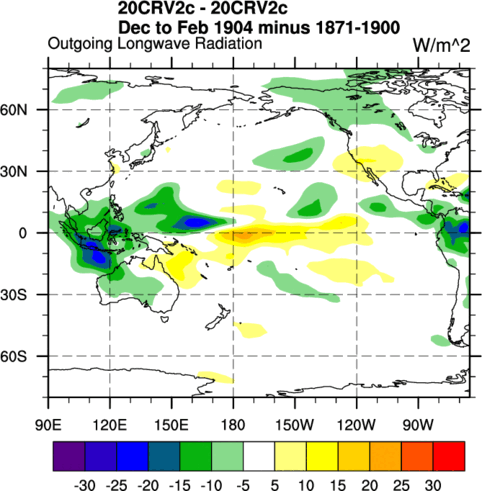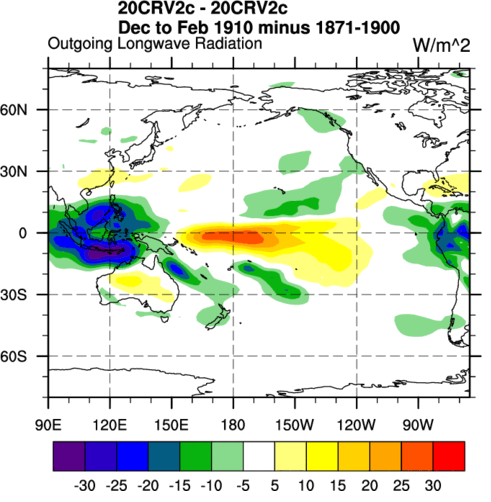-
Posts
77,917 -
Joined
-
Last visited
Content Type
Profiles
Blogs
Forums
American Weather
Media Demo
Store
Gallery
Everything posted by weatherwiz
-
I did issue a photo-genetic shelf cloud watch this morning! Beautiful p
-
In New Britain and fun stuff! Heavy rain, feel any, thunder, lightning, and windy!!! I saw the shelf cloud from behind.
-
These are some pretty vigorous early season troughs digging into the Great Lakes/Northeast. 500mb jet streaks pushing +2 to +3 SD's with each trough.
-
Should see widespread 40-50 mph gusts in this circled area later today. Of course I have to go south and best threat is north…it’s always stupid, fooking, north. North, north north. I hate north
-
I'm issuing a photo-geneic shelf cloud watch for later today. Should see some pretty spectacular structures. Have to watch how steep the low-level lapse rates get today (particularly 2-6km). Could also see some 40-50 mph gusts within the strongest cores along the leading edge. If llvl winds were stronger we would have a higher wind damage threat...but steep llvl lapse rates will help some.
-
A vigorous shortwave trough is expected to move across the Great Lakes region Wednesday and across New England early Thursday. Ahead of this trough a warm front lifts across the Northeast ushering in higher theta-e air characterized by dewpoints climbing well into the 60's. This will help contribute to an unstable low-level airmass across the region. Very strong jet dynamics will also overspread the region with a 50-60+ knots of wind at 500mb along with a jet streak of 80-90 knots placing the region in the right front quadrant. This will help contribute to bulk shear values in the 40-60 knot range (and even higher off to the West). A plume of very steep mid-level lapse rates will move across the region during the afternoon, however, it appears this plume will move off the coast and weaken prior to the overnight period (boooooooooooooooo). Regardless mid-level lapse rates may be in the 6-6.5 C/KM during the overnight. Despite being overnight these lapse rates combined high low-level theta-e air should contribute to sufficient instability to aid in thunderstorm develop and aid in the sustaining of thunderstorms across the region. All in all the potential exists for a fairly robust and widespread severe weather event stretching from New York/Pennsylvania during the daytime and across New England during the late evening and overnight. Damaging winds will be the greatest concern, however, hail would also be a possibility and there could even be the potential for a few QLCS embedded tornadoes. The biggest question mark right now is there may be a bit of a disconnect between the upper-level trough and sfc cold front.
-
This is a great point to keep in mind too regarding all these datasets. Results can vary significantly (even for a singular year) depending on the dataset you choose.
-
After going all previous corrections (which I have edited all the GIFs in my initial posts) I was able to get going with OLR Anomalies. I do like what Ray uses in velocity potential too and will do stuff with that. Just to be consistent with what I did for temps I used specific climo periods. I also used a constant legend. There were some seasons in which max anomalies were 50 but a range of -30 to 30 I thought was fine. I'll do breakdowns to based on structure breakdown over the upcoming days. All La Nina Winter (DJF) Outgoing Longwave Radiation Anomalies: Weak La Nina Winter (DJF) Outgoing Longwave Radiation Anomalies: Moderate La Nina Winter (DJF) Outgoing Longwave Radiation Anomalies: Strong/Super-Strong La Nina Winter (DJF) Outgoing Longwave Radiation Anomalies:
-
Safe sex is like safe weather...except you can't pull out of weather
-
Yes, but I guess it comes with the territory. I'm serious though...if the timing can work out next Thursday that's a very solid setup. 80-90+ knot mlvl jet streak moving in with potential for 60+ surface dewpoints. Way too early for other details but a combo of those two is an eye catcher
-
Yeah looks like it gets squashed just southwest of us. While EWR is probably taking on a few more 90's while BDL may have a tough time getting much past 80 outside of Sunday.
-
Severe weather threat next Monday and Thursday!!! Next Thursday if we could timing to work out could maybe be best setup of the season
-
Decided to work outside yesterday and doing so today. Despite being 10+ colder this morning it actually feels way better than yesterday given no wind. It's actually rather pleasant and refreshing.
-
Has anyone come across the YouTube channel, "Ryan Hall, Y'all".
-
That's exactly what it looked like! I tried to get a close up but every time I zoomed in the camera wouldn't focus. I suppose I could have gone closer to the spider but I was afraid it would have jumped on me. My girlfriend killed it though. I sprayed it from afar and when it fell I ran and she got it.
-
Ughhh there is a giant spider. Hope it’s not a wolf spider
-
Certainly does. And it paves the path for additional exploring and factoring in teleconnections (PDO, PNA, Arctic, QBO, etc).
-
Woah...that is amazing stuff! It's explained so beautifully and simply too.
-
Are the Pats home that Sunday? Maybe the wind can help propel the Pats into the end zone
-
Something that always didn't sit well with me when doing a singular composite is the uncertainty of whether the composite is being influenced by seasons which were more on the anomalous side. Now there is nothing you can really do about this, though I'm sure someone with an impeccable background in mathematics and programming could develop something. For example, I've been working on this tornado project (which I started like 12-years ago) which I used for senior thesis, and then finally made some significant progress with during this past spring. But when calculating averages I was always worried about an average being skewed due to outliers. So let's say I wanted to calculate the spring tornado average for the whole U.S. Naturally you would just add up the number of spring tornadoes from 1950-present and divide by the number of years. But what I did was find outliers using statistics and removed any outlier years in the calculating of the average. You have some Nina's that were quite cold and other's which were quite warm and at the end of the day how do these extremes influence the composite? It's with this that I think composites can be a bit misleading but that doesn't go to say there is value in them but I think the best value overall is when you're doing a composite of something that is extremely similar with little deviation (for example, creating a composite of the top 10 -NAO December's).
-
Ahh gotcha, I see what you mean. You're asking what period would I choose if I were to throw all Nina winters to get an averaged temperature output. This is a great question, I think in this case I would choose exactly what you did and go with 1951-2010 period. But since I'm also doing events prior to 1950 I would consider something like 1895-2000.
-
It will be great to compare results and see if there is much of a difference say comparing 1976 to a 1941-1970 climo vs. 1951-2010 climo.










